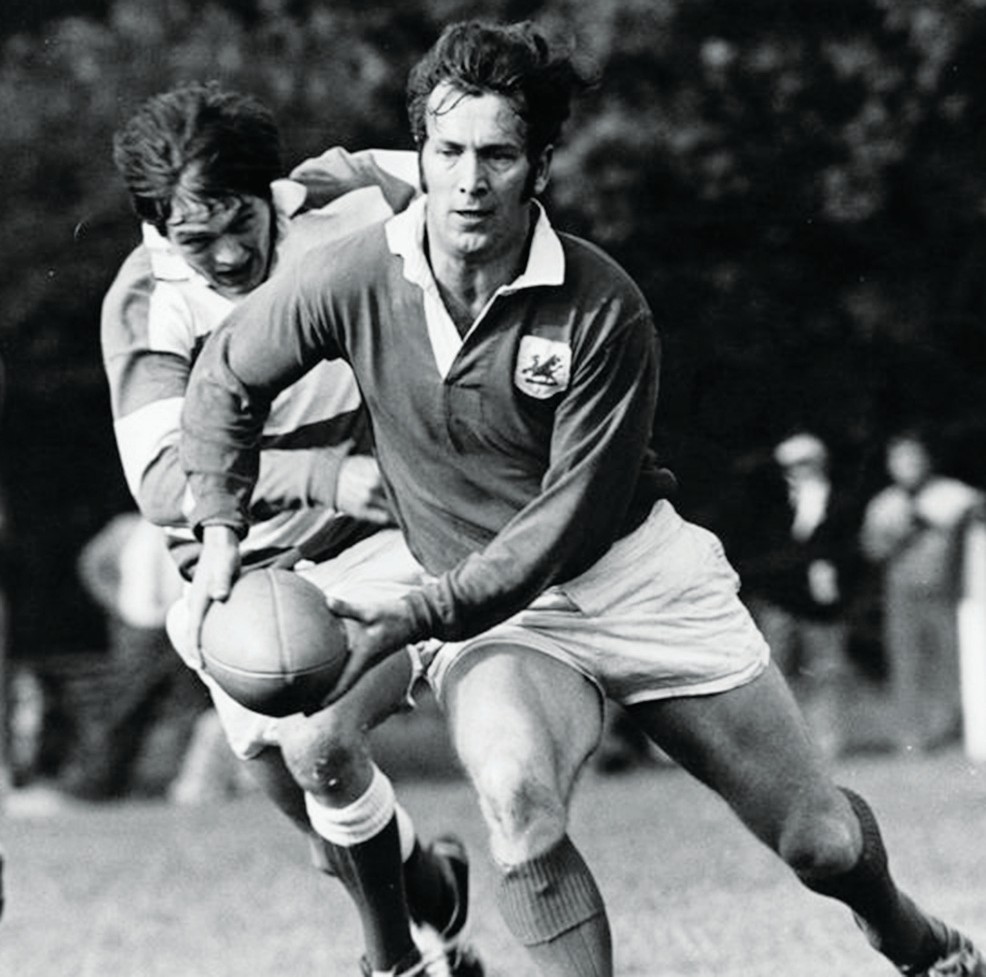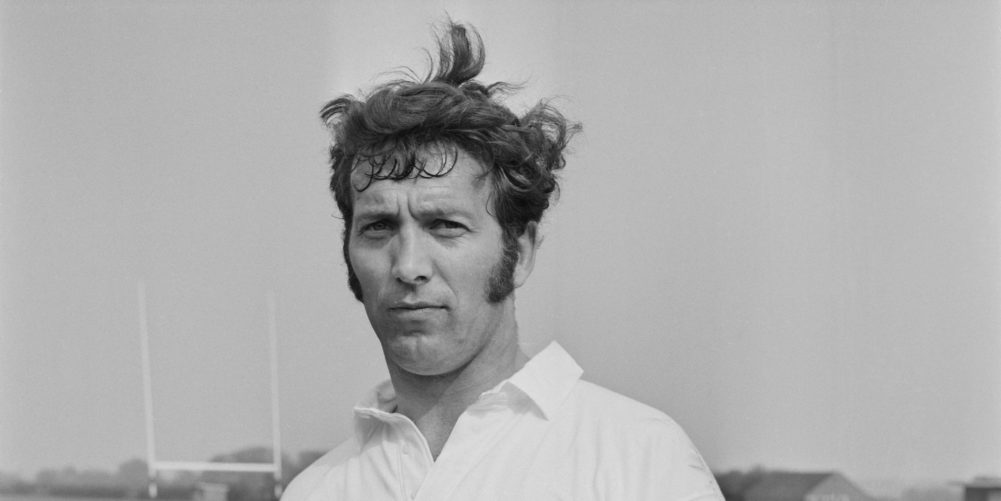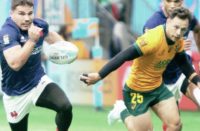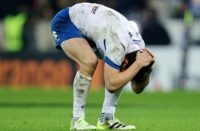The death of John Dawes spawned any number of fine tributes to a remarkable player and coach who, almost until the end, was curiously underrated by some although always revered in other quarters, not least his beloved London Welsh.
It also turned the spotlight on the art of passing because Dawes, by common consent, was just about the best passer of a ball the British and Irish game has ever seen.
I spoke to the great man on the subject in some depth in 2013 when I was lucky enough to get an invite to a small dinner in London being held to celebrate the 40th anniversary of THAT Barbarians try against New Zealand when he famously threw a dummy with just his eyes. Of all those involved in the try only Gareth Edwards, away on a long-booked skiing holiday, was unable to attend.
A few nuggets of wisdom emerged. First, in his own estimation, the only occasions Dawes ever ran flat out on a rugby pitch was when he was defending and chasing down an attacker or in the act of scoring. Otherwise, in attack he was mostly at half or two thirds pace.
Now Dawes, certainly in his earlier days, was quicker than some people give him credit for but the point he was making is that if your main job is to distribute the ball with surgical precision and exquisite timing to the flyers outside you then it pays to slow down and get your body angles and weight distribution right. It's very difficult, head back, eyeballs out, knees pumping, nostrils flaring.
Think of the best quarterbacks in American football, and point guards in basketball. Invariably they slow play down to the pace they want to operate at.
Dawes passed legally, backwards and to do that he turned his shoulders in an exaggerated fashion aimed the ball backwards at quite an angle rather than flat. In the moment of delivery he also often took a step or two across the field rather than directly forward to slow the forward trajectory of the ball to reduce further the chance of the ball moving towards the opposition line in flight – which has always been the only true definition of a forward pass.
Position of hands has absolutely nothing to do with it, nor indeed the intention of passing backwards. Lineout throwers ‘intend' to throw the ball straight but rightly get pinged when they mess up or miscalculate and the ball drifts away. Goalkickers always ‘intend' to put the ball between the posts but sometimes they don't and that's the end of the matter.
Dawes, a chemistry graduate, and man of science, fully understood forward momentum and trajectories and that it is physically impossible to make a legal pass if you are flat with the receiver. The old adage of being on a carrier's shoulder has always been a false one. You need to be two or three yards behind a carrier.

The really sad and irritating thing about referees not pinging forward passes is that what they are really doing is punishing those skilful thinking players who can pass legally and who have taken the trouble during years of training and playing to master that special skill. The game currently too easily rewards the average and slipshod and marginalises the exceptional and praiseworthy.
And yes it would probably mean a few tries per game are disallowed, well bring it on I say. Frankly a 21-19 win is every bit as exciting as say a 31-29 win in which deep down you know two or three tries were unworthy and at the indulgence and whim of the referee.
Then there is the pass itself. Dawes was not a fan of the spin pass unless you are going for distance – 18-20m plus and have time for the wind up. For regulation midfield passes he much preferred the ball in two hands and the simple classical swing from the hips end over end method that had been the norm since introduced by Adrian Stoop in the first decade of the 20th century.
His argument was that it was easier to execute and, crucially, much easier to catch at speed with the ball presenting a bigger object to catch than a fast streamlined bullet of a spin pass. Bear in mind also that in his days the balls were still slippery, heavy imperfect perfect leather, not the synthetic waterproof, dappled, user friendly spheroids of today.
Left hand dominant or right hand dominant? Well in that department Dawes was blessed by nature. As his long time friend and colleague John Taylor recalled in his tribute this week, Dawes was a fiendishly difficult opponent on the club's squash courts because, although seemingly a less sprightly athlete than some, he was genuinely ambidextrous and would happily switch between a left hand grip and right hand grip mid rally to confound your best efforts.
Then there is the mindset imposed on London Welsh. When he took over as captain in 1964 they weren't allsinging, all-dancing but their new skipper – and remember captains were also the coaches back then – soon realised that with a Lilliputian but very quick pack the only way forward was an extravagant handling approach. On a good day London Welsh might win 30-35 per cent possession so they had to find a way of making that work for them.
There were two solutions. First supreme fitness and even a tough man like JPR Williams reckons the Monday night fitness sessions at the Exiles were the hardest he ever endured. And second supreme ball handling, making the game as quick as possible, was the way to maximise all that hard earned fitness.
London Welsh under Dawes were rock and roll, 60s chic rugby. Hard hitting sports columnist JL Manning, a diehard football man, described a rare visit to Old Deer Park to watch the Exiles beat Llanelli as “the best time I have had since VE Day”.
Cliff Morgan concurred: “The wonderful thing about John Dawes was he inspired people. He brought a sense of adventure and wonder to the game. You had to win with a certain style and that is what London Welsh meant to me. It was a place where you had such fun.”


























